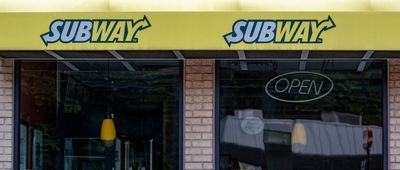If you've found yourself checking restaurant hours more than before, you're not alone. Restaurant business hours have declined 7.5% since the before pandemic started, according to a report by Datassential.
Gallery: These Buffet Chains Have Closed Locations Permanently
That means the average restaurant is open 6.4 fewer hours a week compared with 2019, leaving consumers with fewer options for eating out when and where they want.
Independent restaurants showed the largest decline at a loss of 7.5 hours a week compared with 2019, a 10.1% difference. But chain restaurants with 501 or more locations, which include mostly fast-food spots like McDonald's, Taco Bell, and Pizza Hut, saw a decline of only four hours a week. The study found that, on average, the larger the chain, the smaller change in operating hours.
Denny's, which positions itself as the nation's 24/7 diner, reduced its hours the most, the study found. Denny's locations were likely to be open 30.1 fewer hours a week than before the pandemic. On the flip side, Wendy's added 21.2 hours a week to its operating hours, by far the biggest expansion.
You’re upset that restaurants are cutting their hours? Before the pandemic, many restaurants were losing money to stay open early and late for you. Tipped workers often shouldered the burden by making less than minimum wage during these dead hours. Sorry, time to face reality.
— The Restaurant Manifesto (@restofesto) October 20, 2022
The areas of the country that had the most restaurants trim hours were also the most populous, likely because eateries in some big cities stopped serving late into the night. Restaurants in parts of Chicago, for example, cut hours by an average of 20.2 a week, while those in several New York City neighborhoods clipped 19 hours. Alaska, meanwhile, was the only state where restaurants expanded hours — by 2.7 hours a week compared with 2019.
The service industry was one of the hardest hit during the pandemic because of health and safety shutdowns, rising food and operating costs, revamped business models, and labor shortages. The ongoing decline in restaurant hours is attributed mostly to a worker shortage, though many restaurants in office-dense areas have been affected by the shift to employees working from home.








